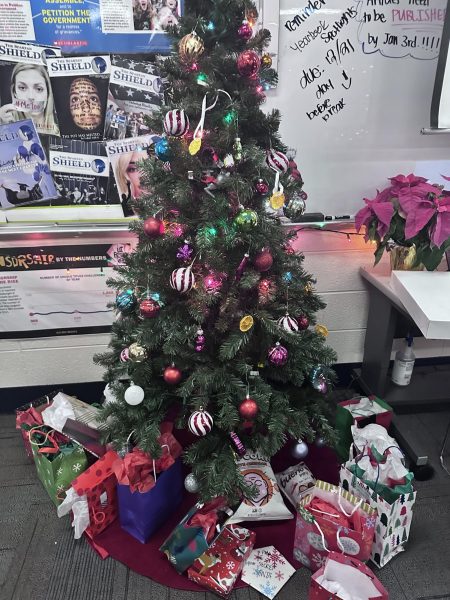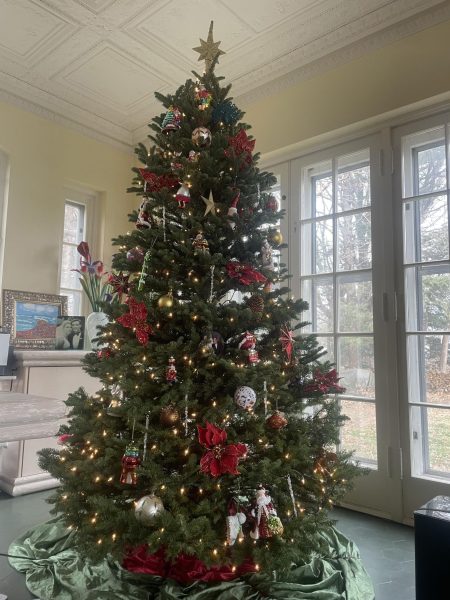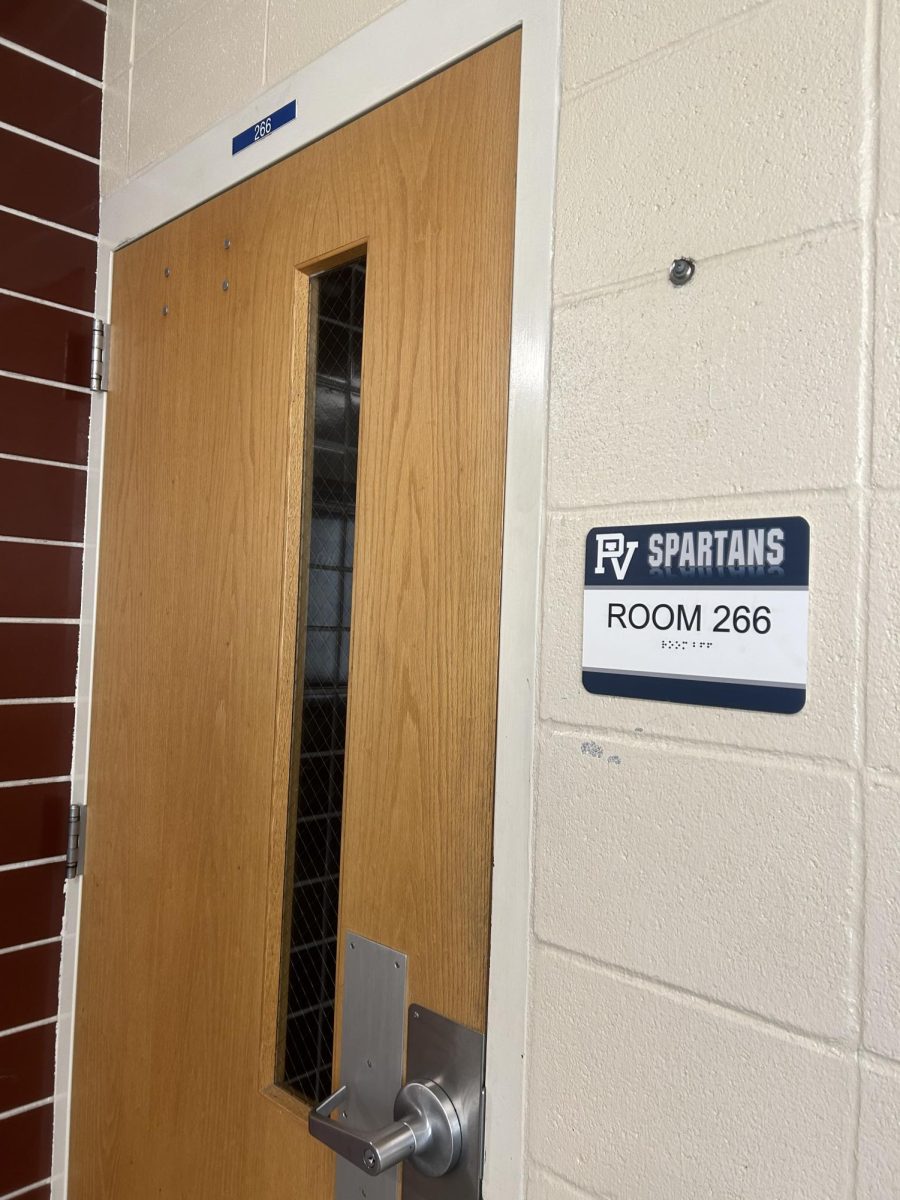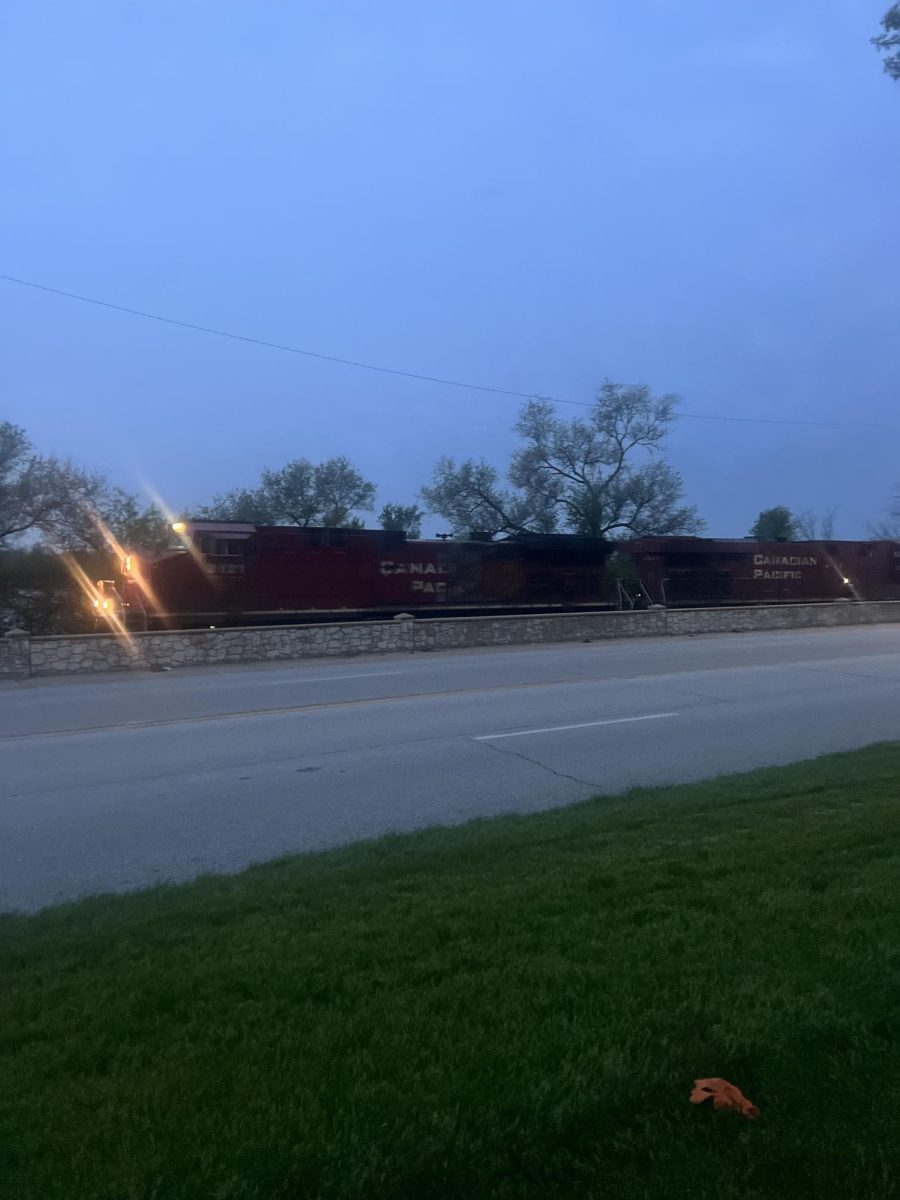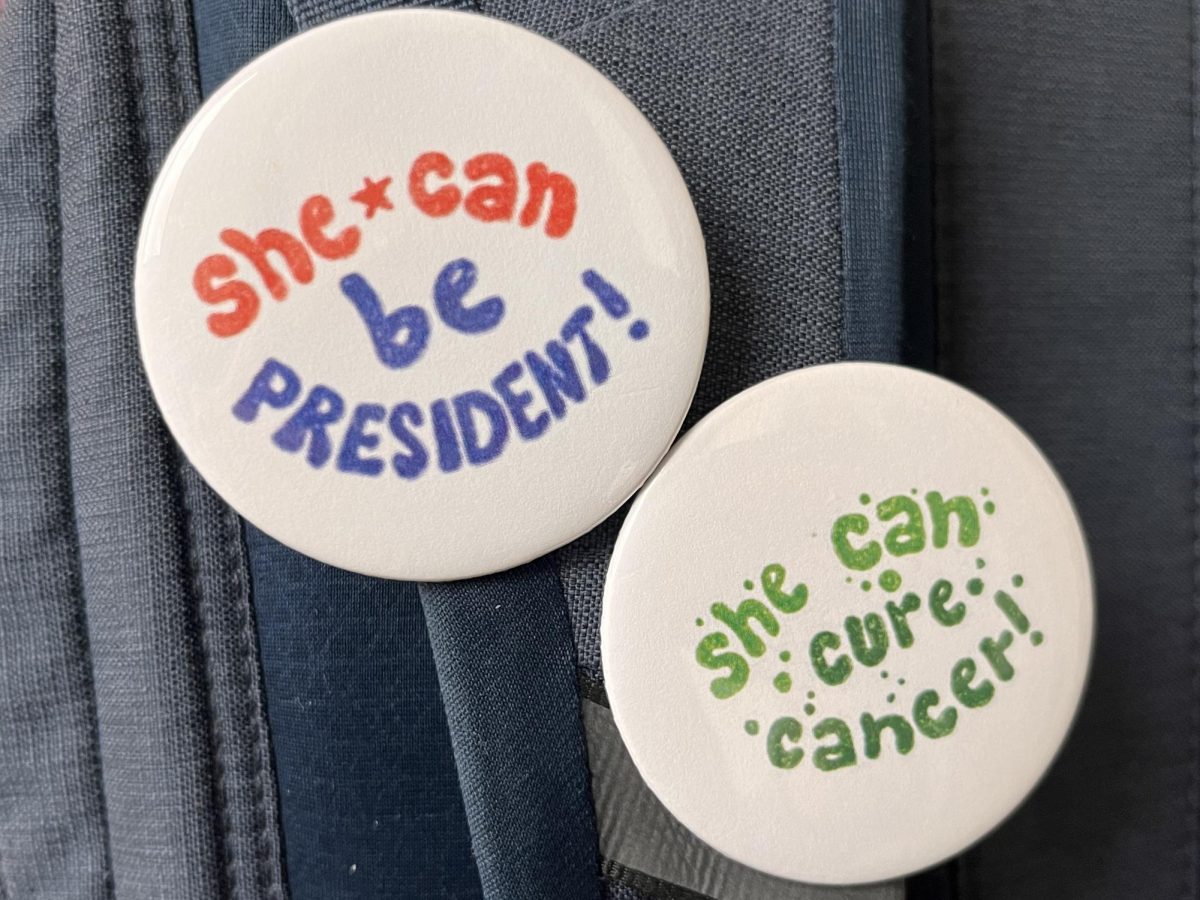Hundreds of years ago, Norsemen set up burning logs in their homes to celebrate their winter holiday Yule. This tradition quickly spread to the rest of Europe, and the Christians drew inspiration from this to symbolize Christmas, the birth of Jesus, the light in darkness.
Currently, Christmas is celebrated by nine in ten Americans. Nearly 150 million light sets from a variety of ethnicities are purchased per year during this time to commemorate the holidays.
Junior Finn Mcmillan, a part of a family with strong Christmas traditions, described the three necessities every family must have to prepare for this holiday. “Batteries, a Christmas tree and gifts are all requirements for a good holiday with your family,” McMillan explained.
Batteries are necessary for the hundreds of lights that are used to feature a tree that is shining, a house that is glowing and shrubs that are glimmering. Although the use of lights creates a lustrous and cheerful vibe, it is producing light pollution.
Light pollution is an excessive presence of lighting, and it is found disrupting the environment and human health. Light pollution lowers melatonin production in humans, which results in sleep deprivation, fatigue, headaches, stress, anxiety, and other health problems. Recent studies also show a connection between reduced melatonin levels and cancer.
Light pollution also wastes 35 percent of energy, and this increases greenhouse gas emissions which contributes to global warming.
Sophomore Vrayas Pila presented an alternative to the lights that cause light pollution that their family uses. “My family uses solar powered lights,” Pila stated. “These solar energy technologies do not produce air pollution or greenhouse gasses when operating.”
Similar to the alternative Pila’s family uses, there are many other items on the internet that have the purpose of using renewable sources of energy.
With the increase of precautionary measures towards global warming, more individuals should pay attention to their energy consumption with Christmas lights.
Senior Shivesh Ganesh described his awareness of this issue. “I hear about these topics of climate change, global warming and greenhouse gas emissions everywhere,” Shivesh expressed. “In our last unit, my class and I had a lesson on the importance of this issue from Mr. Spangenberg, the AP Physics teacher.”
Hopefully, with the increase of awareness of global warming will influence Americans into buying renewable lights, making Christmas a healthy, happy and eco-friendly.
A shift in traditions: Maintaining the importance of real Christmas trees
Even the small things that matter when fighting the climate crisis. As Christmas time rolls around many families buy and throw away old synthetic Christmas trees every year. This seemingly insignificant continuous cycle of waste in reality adds to the climate crisis. In light of current issues, the switch from synthetic to real christmas trees is integral.
Real christmas trees allow for communities to participate in a regenerative lifestyle while also combatting the climate crisis. Planting real christmas trees allows for tree farms to stay in business, therefore increasing the amount of clean air produced.
By continuing this regenerative tradition, Christmas trees are able to help maintain a healthy ecosystem. This in turn helps local wildlife, allows for cleaner air and it combats air pollution.
Christmas tree farms can provide ecosystems and homes for local mammals and birds. These farms are also able to benefit local pollinators by providing green areas for the local forests to flourish.
On the other hand, synthetic christmas trees that have exceeded their useful life that aren’t being reused are being thrown into non-sustainable landfills. This non-recyclable practice only hurts the environment.
For example many synthetic trees are composed of plastics and composites. Statistically, these trees take 20 to 500 years to decompose. In addition, these plastics can harm the environment. While the reusable and more sustainable Christmas trees only take 50 to 100 years while also featuring a more sustainable decomposition process.
Families like the Kountze family firmly believe in the tradition and importance of getting real Christmas trees. For example, senior Christian Kountze firmly beileves in teh benefits real trees provide. “These trees help with Christmas spirit, they also help the environment.” Kountze remarked.
Many students and locals suggest that this tradition helps maintain the Christmas spirit while also allowing for more green and environmentally friendly practices.
Many students like senior Nikhil Behere also feel that real trees are more beneficial for the environment rather than synthetic trees. “I feel that the tradition of getting real Christmas trees helps fight climate change and allows for cleaner air,” stated Behere
Behere further emphasizes the point that buying real christmas trees helps the community. “Buying real Christmas trees helps the local tree farms stay in business,” he said.
The tradition of buying synthetic trees has taken over the United States. Buying real Christmas trees allows for families to participate in the fight against climate change while also allowing for local businesses to keep their doors open.
When looking at the numbers across teh U.S. around 77% of Americans plan on buying and utilizing artificial, fake Christmas trees.
This sustainable practice of growing christmas trees takes ten times fewer artificial resources, takes only seven years to grow and increases carbon absorption.
After Christmas is over, a well maintained christmas tree can be reused for the next year, or it can be recycled for lumber and growth for further trees.
The shift to synthetic trees is a steady process. The importance on the emphasis on buying real Christmas trees is integral to the Christmas spirit and the environment.











